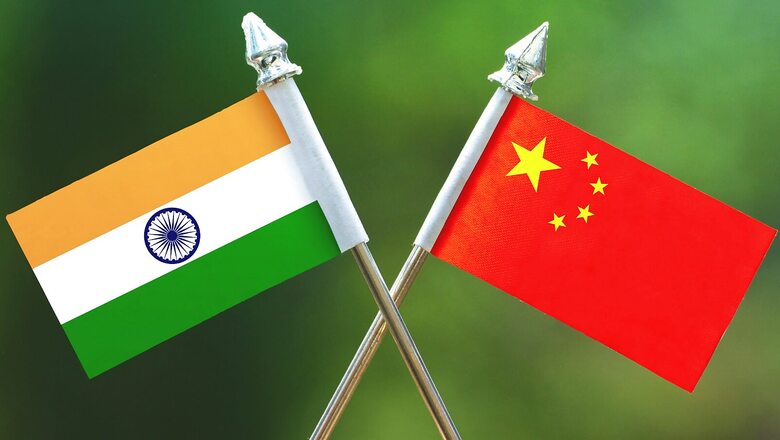
views
Diplomacy is said to be more art than science, as a result it can be a mixed bag—sometimes tough, then soft, then not talking much, then back into discussions.
For the United States and Australia, in their relations with the two big new economic powers of our lifetime—India and China—last year saw a new blend of hard and soft diplomacy, with small steps towards the best form—smart diplomacy.
Former Australian diplomat (High Commissioner to India) and advisor to Asialink John McCarthy has defined hard, soft and smart power. Hard power is the use of military or economic coercion. Soft power is the use of national reputation to influence others. “Smart power” is the right combination of soft and hard.
Examples of display of hard power are the US trade war under President Trump on China, and at the same time China’s trade war on Australia. Australia’s build up of defence spending and the AUKUS submarine deal show Australia is focusing on hard power.
The US under President Joe Biden has clearly tried hard to build bridges (soft power) where previous President Trump was determined to burn them.
We saw the best example of Biden’s skills when at the same time as announcing an official boycott of the China Winter Olympics, he also gained a major new collaboration on climate change with China—showing that smart diplomacy can be a delicate balancing act.
Indian Prime Minister Narendra Modi did something similar—the week before being feted in Washington as part of the QUAD and therefore positioned in the US as part of the “contain China” movement, Modi had attended the Shanghai Cooperation Organisation summit, which also included Russia, China and Iran. He is the master of balance.
Australia, by contrast, relishes standing tall with America and publicly rebuking China—it was too hasty in following the US in a diplomatic boycott of the Winter Olympics in China—communicating that Australia likes to see Asia from its position as deputy to the US. It could do with more balance, for in much of Asia, it is seen as “not getting” Asia.
One Australian figure of global importance who does get Asia is former Prime Minister Kevin Rudd—he could do more for Australia, but he may not be well liked in Canberra. Rudd is the President and CEO of the Asia Society, a prestigious global platform.
Another is former Prime Minister Tony Abbott, who has done a great job for his country in re-igniting the free trade talks with India—with outcomes of “early harvest” trade deals within weeks or months and a full Comprehensive Economic Cooperation Agreement in 2022. This is no small achievement—these trade talks have been stalled and partly acrimonious for around a decade.
Abbott has been a hit in New Delhi, but in the inherently combative style of Australian politics and diplomacy, he sees these trade talks through the prism of anti-China sentiment. Best to just see them as trade talks.
The AUKUS submarine deal was both a triumph and diplomatic mess—many envied the Australians for the close deal with the UK and US, while the hasty dropping of the French contract caused deep offence and a feeling that Australia could not be trusted. Some repair work will be needed in 2022.
Meanwhile, the rest of Asia continues to do things “the Asian way”. This “way” will vary immensely from country to country, but there are some generalisations that might help our understanding of Asia.
Prime Minister Lee Hsien Loong of Singapore has openly given advice to Australia on China—calling on Australia to be partners with China, not adversaries. Again, the “Asian way”.
No surprise then that under this “Asian way”, India has maintained both the US and China as major trading partners. In fiscal 2021, India and China two-way trade is around US $86 billion while with the US, it is an estimated US $80 billion.
I think using the diplomatic skills of former leaders is the “Asian way”, and Australia is doing well using former PM Abbott and could benefit by finding a role for former PM Rudd too—he appears everywhere in Asia, showing his understanding that under “soft power” the big thing is always being there, in turning up, playing the game.
Australia’s key diplomatic appointments used to be Washington and London—but now there is a high level of interest in posts such as New Delhi, which is now held by a former Premier. This is good soft diplomacy in itself.
Of course, working with the “Asian way” is not always easy for westerners. Communication in Asia is generally indirect, especially when there are problems to deal with. This can be a difficult balancing act for the West which favours direct communication—sometimes even bluntly and aggressively presented, which in itself can offend.
Most Asian countries have collective cultures whereas in the West individualism tends to be the way—so they do not have sensitivity for collective behaviour.
A further difference is in status and respect—this is given in most of Asia when the person attains a position, but in most of the West, respect and status has to be constantly earned.
Then there is “saving face”, a uniquely Asian cultural trait that is completely misunderstood in most of the West. Parts of the West want to see that “you can take it” when they offer criticism, a phenomenon known in the UK and Australia as “tall poppy syndrome”, where the more successful you are, the more they test to see if you can still “take it”. “Saving face” and “taking it” are cultural opposites and will continue to present problems for diplomacy.
Right now, Indian and Australian trade negotiators are treading these cross-border minefields in an attempt after more than a decade to find some trade agreement.
Chances are good for a deal now, because India wants investment, Australia wants trade and (post pandemic) more people. But there are blockages—India seeks a relationship partner whereas Australia historically is a trading nation, and the priority is to sell. If a relationship happens, well and good, but it is not first priority. In Asia the relationship is a first priority, as we found.
Australian leaders have misunderstood “soft power” and mistake it for sporting contests and cultural events. Both might be part of “soft power” but do not define it. In fact, sport can become a wedge between nations—the behaviour of Australia’s cricketers over decades has caused offence and confusion in countries we play.
Universities are getting the Asian way. Whereas in the past they just took foreign students and pocketed the income boost, now in India they are collaborating, sharing curriculum and teaching standards and jointly providing research and postgraduate degrees.
This shows that when we adapt to each other, great outcomes are possible. That is the lesson of “smart power”— finding the right balance of hard and soft power. The starting point is adapting to each other.
The author is blogger at INTO INDIA, Director, EastWest Advisors, and former President Australia India Business Council (Vic). The views expressed in this article are those of the author and do not represent the stand of this publication.
Read all the Latest Opinions here















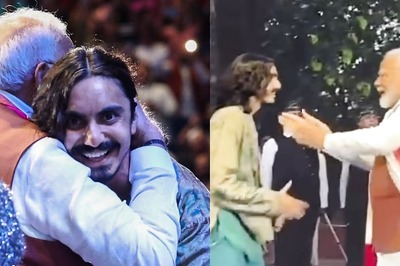
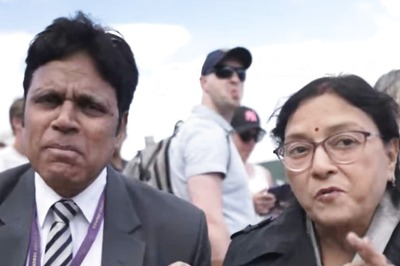
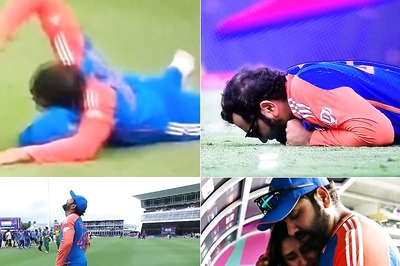

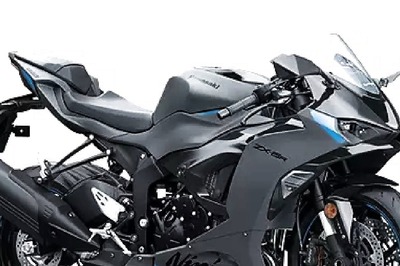
Comments
0 comment